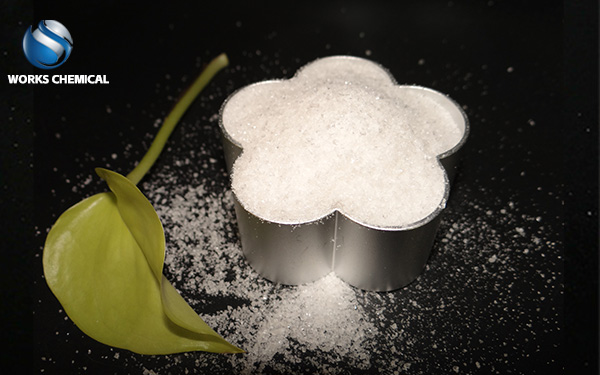
In the municipal sludge dewatering process, the importance of sludge conditioner is reflected in the following five key aspects, combined with examples and technical details for you to elaborate:

First, the core role: destroy the colloidal structure, release the bound water
Municipal sludge contains a large number of extracellular polymers (EPS), which act as a "glue" to bind moisture tightly to solid particles. Through charge neutralization, adsorption bridging or enzymatic hydrolysis, the sludge conditioner destroys the EPS structure and releases interstitial water, capillary water and intracellular water. For example, the iron salt conditioner can reduce the specific resistance of the sludge by more than 40%, significantly improving the dehydration efficiency.
Two, economy and efficiency improvement
Cost optimization: The traditional lime conditioning needs to add 15-40% lime (according to the absolute dry mud), while the new conditioner dosage is reduced by 50%, and the pharmaceutical cost is reduced by 20% to 60%.
Efficiency breakthrough: the mud pressing efficiency is increased by 50%-100%, the mud cake moisture content is stabilized below 60%, and the dehydration cycle is shortened by 30%.
Three. Equipment Protection and process optimization
Corrosion resistance: Inorganic conditioners (such as FeCl₃) tend to corrode pipes, while the new conditioners are pH neutral to avoid equipment loss.
Process adaptation: for the plate and frame filter press, the conditioner can form a dense mud cake; For belt machines, polymer flocculants enhance the bridging effect to ensure continuous dehydration stability.
Four, environmental protection and resource dual drive
Pollution control: the sludge conditioner reduces the COD and ammonia nitrogen residues in the filtrate, and the data of A project shows that the effluent SS is reduced to less than 30mg/L, meeting the first-class A discharge standard.
Resource potential: After sludge conditioner, sludge calorific value increased by 15%-20%, organic matter content increased, and nitrogen, phosphorus and potassium content of compost products reached the standard rate from 60% to 90%.
V. Policy and Technology trends
Policy force: The state requires that the harmless disposal rate of urban sludge in 2025 should reach 90%, and the water content should be reduced to less than 60%. Conditioners become the key to achieving standards.
Sludge conditioner is not only the "catalyst" in the dehydration process, but also the technical fulcrum of municipal sludge reduction, stabilization and resource utilization, and its innovative application will profoundly affect the future urban water environment management pattern.